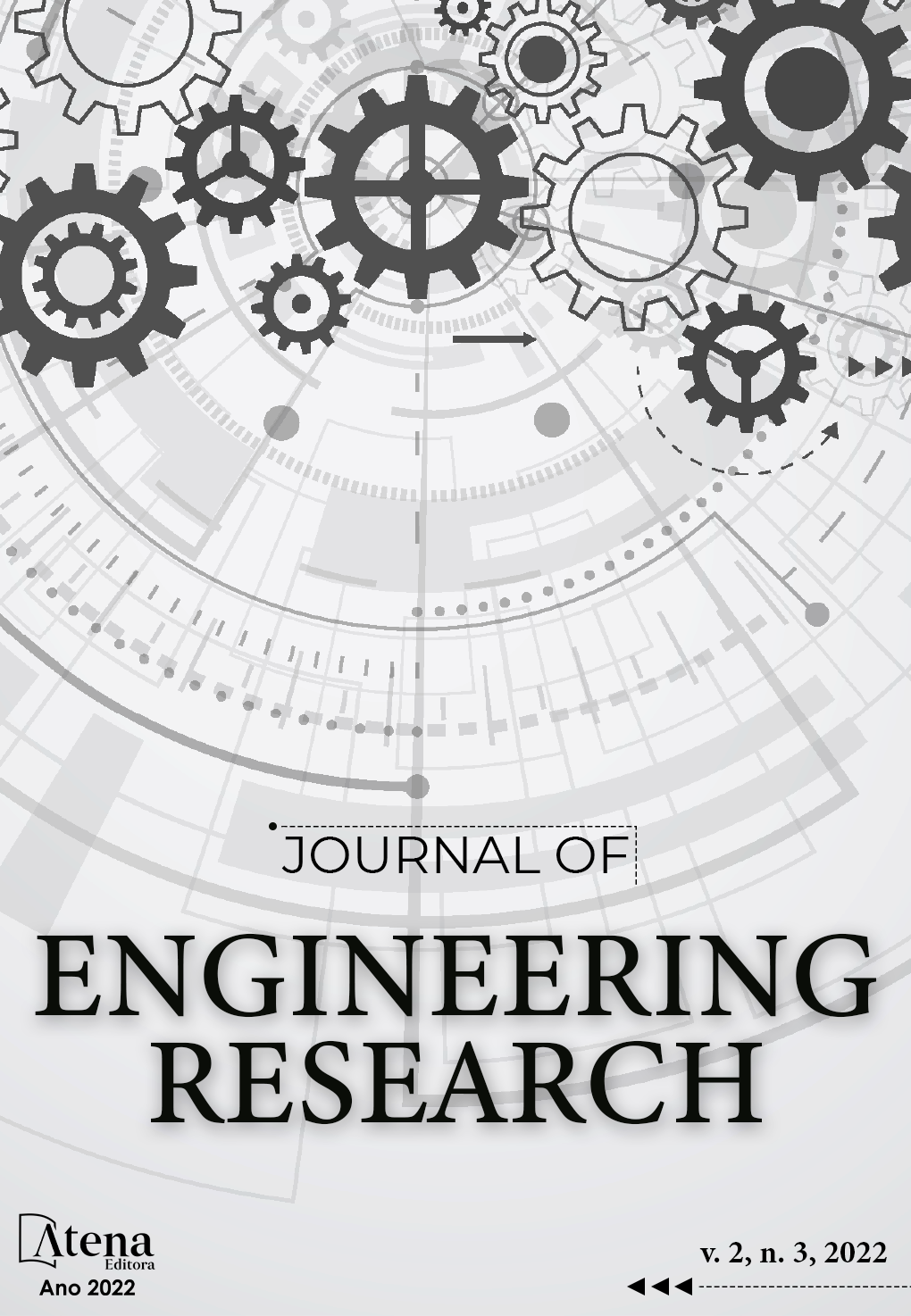
ANALYSIS OF CHANGES IN WEATHER PATTERNS IN CAXIAS DO SUL-RS.
Although the greenhouse effect is a natural phenomenon for the planet, human-induced changes end up causing its intensification. Global warming can result in different temperatures on regional scales, and its effects are evidenced essentially on a local scale. This study aims to identify climate change in the municipality of Caxias do Sul-RS, comparing the data series from 1991 to 2019 with the climatological normal for the period from 1961 to 1990, through the information recorded by the municipality's meteorological station. Regarding the average annual temperature, there was an increase of 0.73 °C. The monthly averages of precipitation were similar to each other, however, it was observed that the pluviometric regime suffered alterations both in the monthly precipitation volume and in its temporal distribution. There was no evidence of water deficit during the period, since the annual monthly mean of ETP was 68.31 mm in the series from 1961 to 1990 and 72.38 mm in the subsequent series. Relative humidity also showed changes, going from 78.42% to 77.67%. There was a reduction in the average annual intensity of the winds in relation to the oldest data, reducing from 2.67 m/s to 1.75 m/s. According to the Köppen-Geiger Model, the climate of the municipality can be classified as Cfb and shows a tendency for the temperature to continue increasing. The evidenced scenario indicates the importance of climatological studies to manage future scenarios, since it can support decision-making and the formulation of public policies oriented towards sustainable development.
ANALYSIS OF CHANGES IN WEATHER PATTERNS IN CAXIAS DO SUL-RS.
-
DOI: 10.22533/at.ed.3172322100210
-
Palavras-chave: Climate changes. Urban climate. Meteorology. Climatological normal.
-
Keywords: Climate changes. Urban climate. Meteorology. Climatological normal.
-
Abstract:
Although the greenhouse effect is a natural phenomenon for the planet, human-induced changes end up causing its intensification. Global warming can result in different temperatures on regional scales, and its effects are evidenced essentially on a local scale. This study aims to identify climate change in the municipality of Caxias do Sul-RS, comparing the data series from 1991 to 2019 with the climatological normal for the period from 1961 to 1990, through the information recorded by the municipality's meteorological station. Regarding the average annual temperature, there was an increase of 0.73 °C. The monthly averages of precipitation were similar to each other, however, it was observed that the pluviometric regime suffered alterations both in the monthly precipitation volume and in its temporal distribution. There was no evidence of water deficit during the period, since the annual monthly mean of ETP was 68.31 mm in the series from 1961 to 1990 and 72.38 mm in the subsequent series. Relative humidity also showed changes, going from 78.42% to 77.67%. There was a reduction in the average annual intensity of the winds in relation to the oldest data, reducing from 2.67 m/s to 1.75 m/s. According to the Köppen-Geiger Model, the climate of the municipality can be classified as Cfb and shows a tendency for the temperature to continue increasing. The evidenced scenario indicates the importance of climatological studies to manage future scenarios, since it can support decision-making and the formulation of public policies oriented towards sustainable development.
-
Número de páginas: 16
- Morgana Vigolo
- Vania Elisabete Schneider
- BIANCA BREDA


